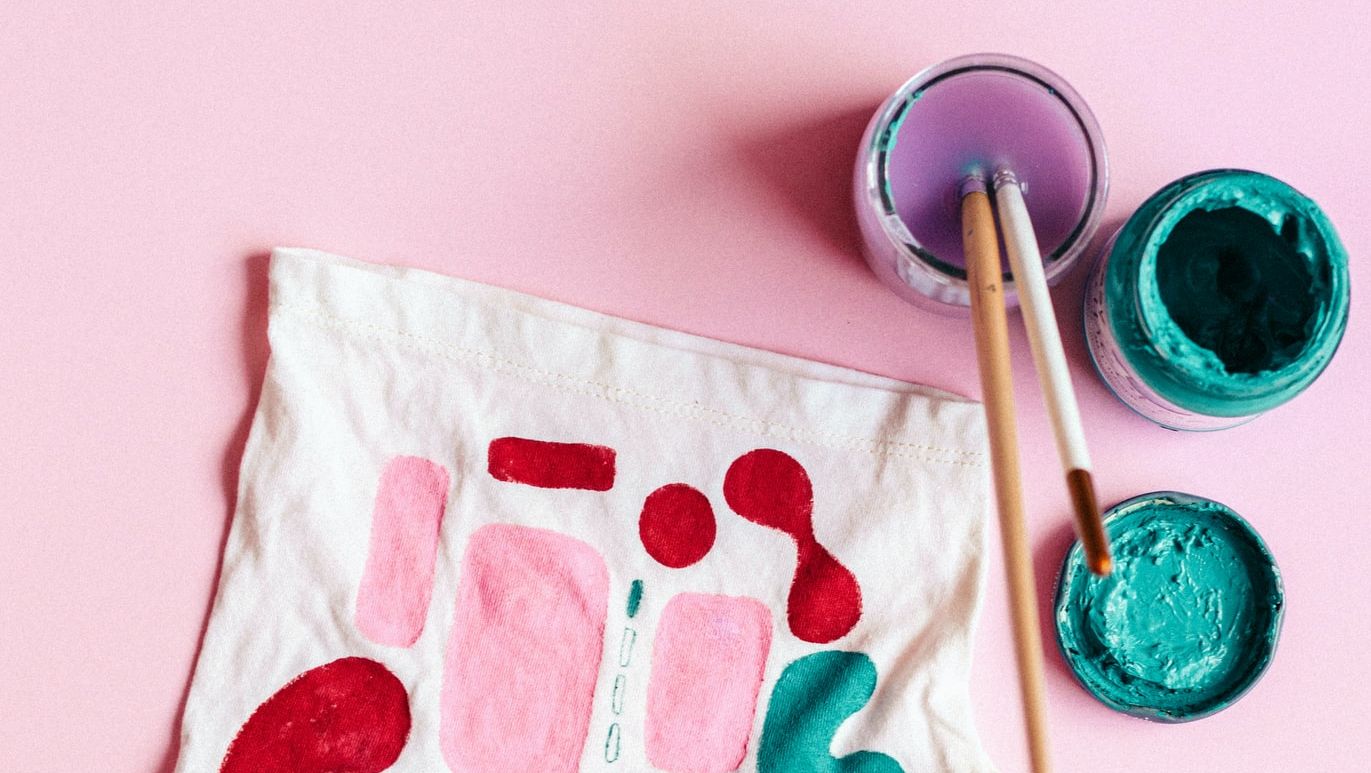Last updated on November 9, 2021
Why you need to think about DIY in product innovation
When it comes to product innovation, people have always been interested in creating and developing products themselves. If you are a brand manager who is searching for a new market trend or product opportunity, look no further.
According to technavio, the value of the DIY industry is estimated to climb to 13.1 billion by 2021. This is definitely not something you can just shrug your shoulders at! You should be extremely interested in leveraging and building DIY into your business strategy and I’m going to tell you the reasons why.
Do-it-yourself (DIY): The Research
In order for us to extract the most valuable insights and perspectives, we have to ask ourselves some stimulating questions. Why do consumers participate in DIY? What kind of DIY projects are they creating and consuming? Where do people get information about DIY? Considering these questions, we were able to propose the following hypothesis:
Consumers are shifting their focus from ready-made products and alternatively, they are creating/customizing their own.
Do-it-yourself (DIY): Survey Analysis
The survey results are outstanding. We did not expect to have so many DIY advocates using our program. Here are some of the high impact results that we obtained during our research. As you are reading, please keep the following details in mind:
- Respondents are predominately females – 80%
- Millennials and Gen X account for the majority of the responses – 81%
- Approximately 40% of respondents are located inside Ontario

Almost 50% of our members indicated that DIY projects allow them to express their creativity. This is an interesting finding on two levels.
First, you can empower your customers by providing them with access to DIY resources,
Second, by embracing DIY, your customers will feel a stronger connection to your brand.

Our members are going into 2020 feeling empowered to create products on their own terms! When it comes to DIY projects, people will often use platforms such as: Google, YouTube and Pinterest in order to watch and consume instructional content for product development.
For example, the graph provided below is the number of times someone has entered the key phrase “how to” into Google search, a common phrase that indicates someones intention to complete a task independently. As a brand manager, you want to communicate with your digital team and offer “tutorial” style videos to your consumers to encourage DIY using your products. This graph reinforces that DIY is not temporary, but for the last 15 years has experienced steady increases.

Do-it-yourself (DIY): DIY Trends
We decided to consult Google trends in order to identify correlations between our findings and the general search history online. We were able to find a consistent pattern in the DIY environment.
Based on the graph below it is evident that DIY search results peak in October for five consecutive years. When we asked out members on Caddle “what time of year do you prefer to create DIY projects?” we found that 45% said summer and fall. That being said, there are definitely some promising opportunities presenting themselves during Halloween.
If you are anything like us, you want to keep digging. Ask questions like, how can we increase DIY participation in the off season? Or, how does the DIY environment change based on time of year and are there any accessibility issues that may help bridge this gap?

Do-it-yourself (DIY): The DIY Difference
So why are people all about DIY?
Not only does DIY fulfill your need for a basic product or service, but it really provides the participant with a unique and intimate product experience. The ability to work within a strong DIY community is empowering – it requires you to challenge yourself both physically and intellectually.
As we identified in our surveys, DIY allows people to express their inner creativity. If you are able to provide customers with the ability to customize their products and have a stake in the process, you can begin to capitalize on this growing industry.
Do-it-yourself (DIY): Business Opportunities
Whether you are a business looking to tap into this market or someone who is trying to build a person brand and showcase your skills online, the following information will be extremely relevant. Consider the following tips.
Have a strong social media presence
Just being online doesn’t cut it anymore, there is a lot of noise in the DIY community. The DIY business model has become reliant upon video and image based applications (Pinterest, Instagram and YouTube). In order to truly showcase the importance of social media in DIY we asked our members the following question, “where do you typically get information about DIY?”
The response was 52% of our members are using social media to get information about DIY. If you are a digital manager this is right in your wheelhouse. Take this opportunity to make your presence known by leveraging all of the available platforms and create content that is both informative and aesthetically pleasing.
Our advice to you…start building your brand on Pinterest! A whopping 32% of respondents said they get their insights from Pinterest, prior to browsing other platforms. If you are having trouble building this content from scratch, browse social media influencers to get a good idea of the do’s and don’ts.

Buying DIY
So get this, DIY supporters are creating their own products, but they also express interest in buying other peoples projects. 40% of our survey respondents indicated that they are interested in purchasing other peoples DIY offerings.
This type of purchase is far more complex and unique that than the traditional shopping experience. DIY products offer more transparency, sellers are often inspired to showcase their personality, their story and their development process. In a digital age people are basically begging to feel a personal connection between the brands they are purchasing from. Obviously they need to see value in the product, but ultimately customers will choose to connect with brands that embody their values over others.
Supporting Sustainability
There are many different reasons why people participate in DIY and evidently environmental sustainability seems to have the biggest impact. Why is this? Well, DIY advocates pride themselves on their ability to not let anything go to waste!
NBC states that that search requests for sustainability on Pinterest are up 108% since 2018! Traditional manufacturing and mass production is messy and it often leads to excess amounts of waste and environmental damage. A Neilson study indicates that 42% of North Americans are willing to pay more for companies that champion sustainability and social responsibility.
Based on our findings we don’t see this trend to becoming to a halt anytime soon. Consumers, more than ever, are advocating for more transparency amongst brands and they are willing to abandon long time loyalty for better values. Companies and D2C brands that embody this mantra will have better success with the DIY demographic. If you need more evidence of these changes, feel free to check out of blog on plastic and sustainability.
More about us
Thanks for taking the time to read our blog post. If you want to get your hands on some more data just shoot us a message, we are happy to help. If this is your first time on our webpage, you might be wondering what we do.
Caddle is a data insights company that has a passion for understanding market trends. We collect, sort and analyze data in order to provide businesses with the upper hand against their competitors. You can certainly never know too much about your consumers.
We pride ourselves on having our finger on the pulse of Canadians and our 300,000 monthly user base helps do some of the talking. What are you waiting for, let’s work together!
*Disclaimer: all data presented is owned by Caddle and has a Margin of Error of 1% or lower.
Get better business insights, faster, with Caddle.
Want more Caddle Insights? Sign up to our email list!





Leave A Comment